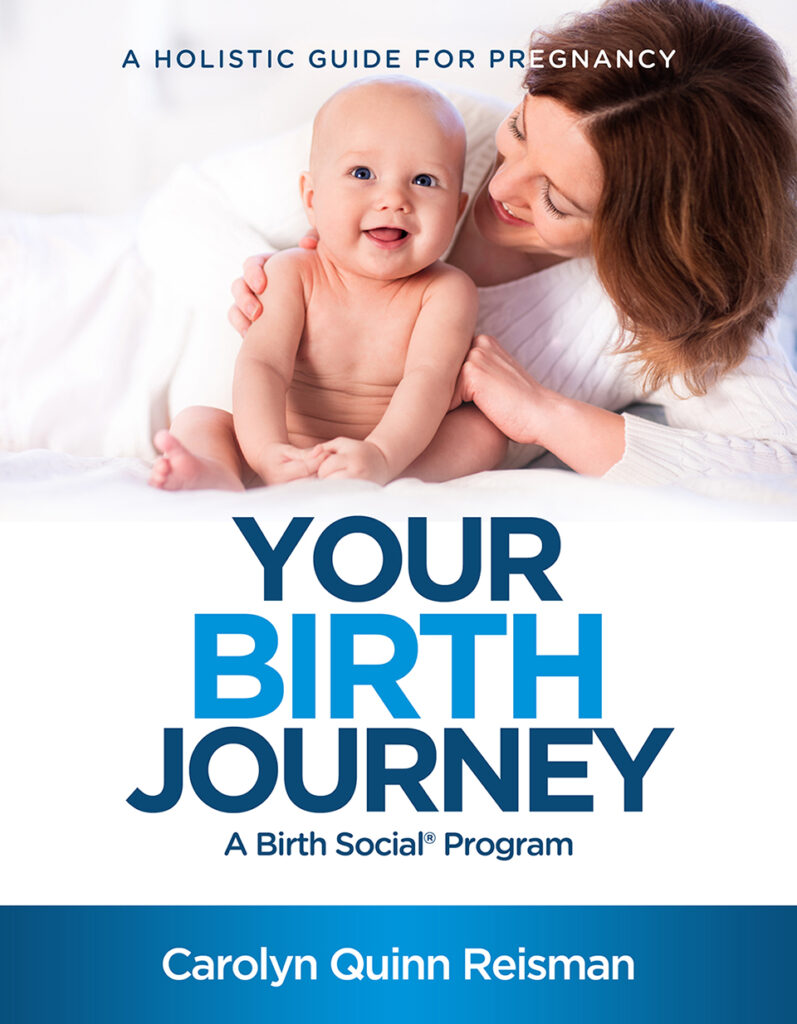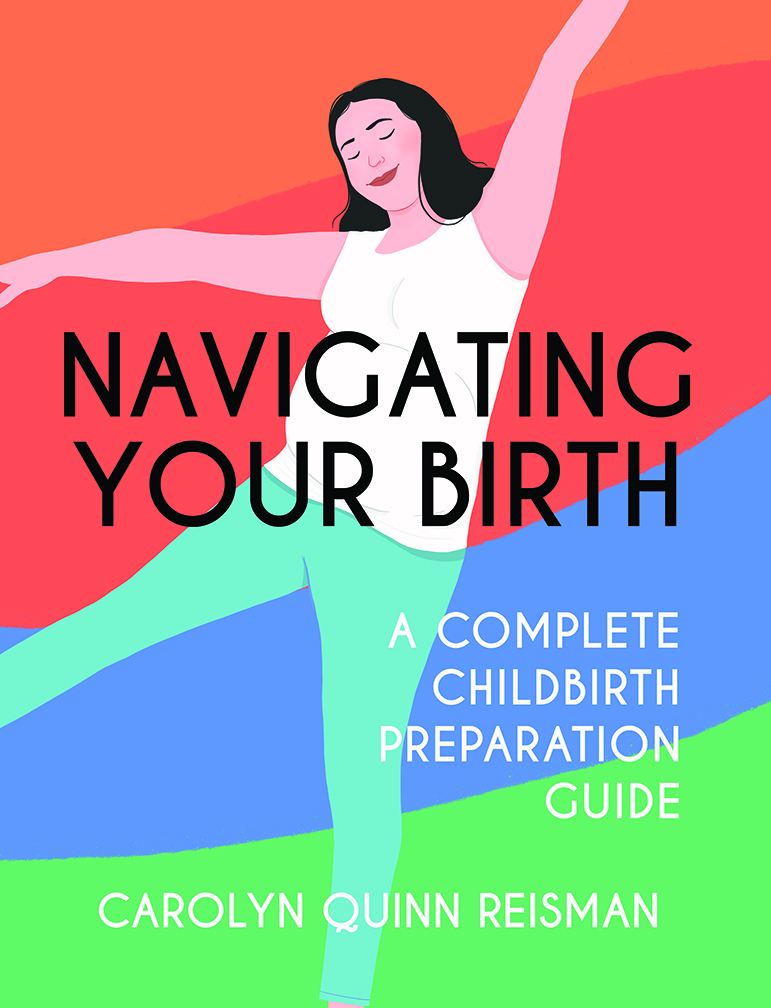If you are pregnant or just had a baby, having another baby right now may be the last thing on your mind, but it is a good idea to think about birth spacing. Birth Spacing, or interpregnancy interval, is the length of time between giving birth and getting pregnant with your next child.
Biologically, you can become pregnant within one month of giving birth. Physically, however, your body needs time to restore the nutrients required for the next pregnancy. So, it would help if you thought about family planning and birth spacing. If you already have a perfect age gap in mind for your family, consider that certain intervals carry risks.
Having Your Babies Too Close Together
When looking at birth spacing, you will find several recommendations on the number of years you should space your children, ranging from one to two years or much longer. The World Health Organization (WHO) recommends that women space their children between three and five years apart. In one large study, researchers comparing low and higher-income populations found that the best birth interval for lowering risks was spacing children at least 36 months apart. Research has shown that conceiving before 18–24 months of giving birth is associated with risks of:
- Premature birth. Preterm birth is serious and associated with a higher chance of death and long-term problems.
- Low birth weight. Babies born with low birth weight are more likely to have problems.
- Stillbirth: Odds of stillbirth increase with birth intervals less than 12 months.
- Miscarriage: The odds of having a miscarriage are increased if you become pregnant too soon.
- Mental health issues. Short birth spacing increases your risk of postpartum depression.
Birth Interval and Autism
No parent wants to think about their child developing autism, but the CDC reports one in 54 children are identified with autism spectrum disorder (ASD). There is no single cause for autism. Some suspected risk factors include genetic influences, environmental factors, preterm birth, low birth weight, multiple pregnancies, advanced parental age, having an immediate family member with autism, and short intervals between babies.
One research study found that children conceived two to four years after the last baby was born had the lowest ASD risk. They also found that conception before one year increased the risk of developing ASD two-fold, with pregnancy complications as potential confounding factors. Another study found that babies conceived before 18 months and after 60 months after the last live birth had a higher chance of developing ASD.
Timing, it appears, is significant for your children’s development.
Birth Spacing in Special Circumstances
If you have had a miscarriage:
The recommended interval for the next pregnancy is six months.
If you have had a cesarean:
You should plan a substantial gap between pregnancies if you have had a cesarean. It is widely known that a short interval increases a woman’s chance of having a uterine rupture. If you are planning a VBAC (vaginal birth after cesarean), you may be ruled out as a candidate for out-of-hospital birth if your delivery interval is less than 18-24 months. Many other factors can rule you out as a VBAC out-of-hospital candidate, including midwifery regulations and guidelines.
Family Planning
Family planning goes hand in hand with baby spacing. Start talking now. Everything from no protection to condoms to natural family planning to vasectomy and more should be on your discussion radar. Even the best of plans do not always work out. Conception happens. Perfect timing is not always perfect. Surprise is always an option.
Centers for Disease Control and Prevention. Data & Statistics on Autism Spectrum Disorder. September 2020.
National Institute of Health, National Library of Medicine, Influence of interpregnancy interval on neonatal morbidity. Am J Obstet Gynecol, July 2015. doi:10.1016/j.ajog.2014.11.017
National Institute of Health, National Library of Medicine, Inter-Pregnancy Intervals and the Risk of Autism Spectrum Disorder: Results of a Population-Based Study. J Autism Dev Disord, July 2015.
Duke University Press, When and Where Birth Spacing Matters for Child Survival: An International Comparison Using the DHS. Demography, July 2019.
National Institute of Health, National Library of Medicine, Autism spectrum disorder and birth spacing: Findings from the study to explore early development (SEED). Autism Res, January 2018.
JAMA Network, Association of Short Interpregnancy Interval With Pregnancy Outcomes According to Maternal Age. JAMA Intern Med. December 2018.
World Health Organization (WHO), Report of a WHO “technical consultation on birth spacing. Geneva, Switzerland, June 2005.















